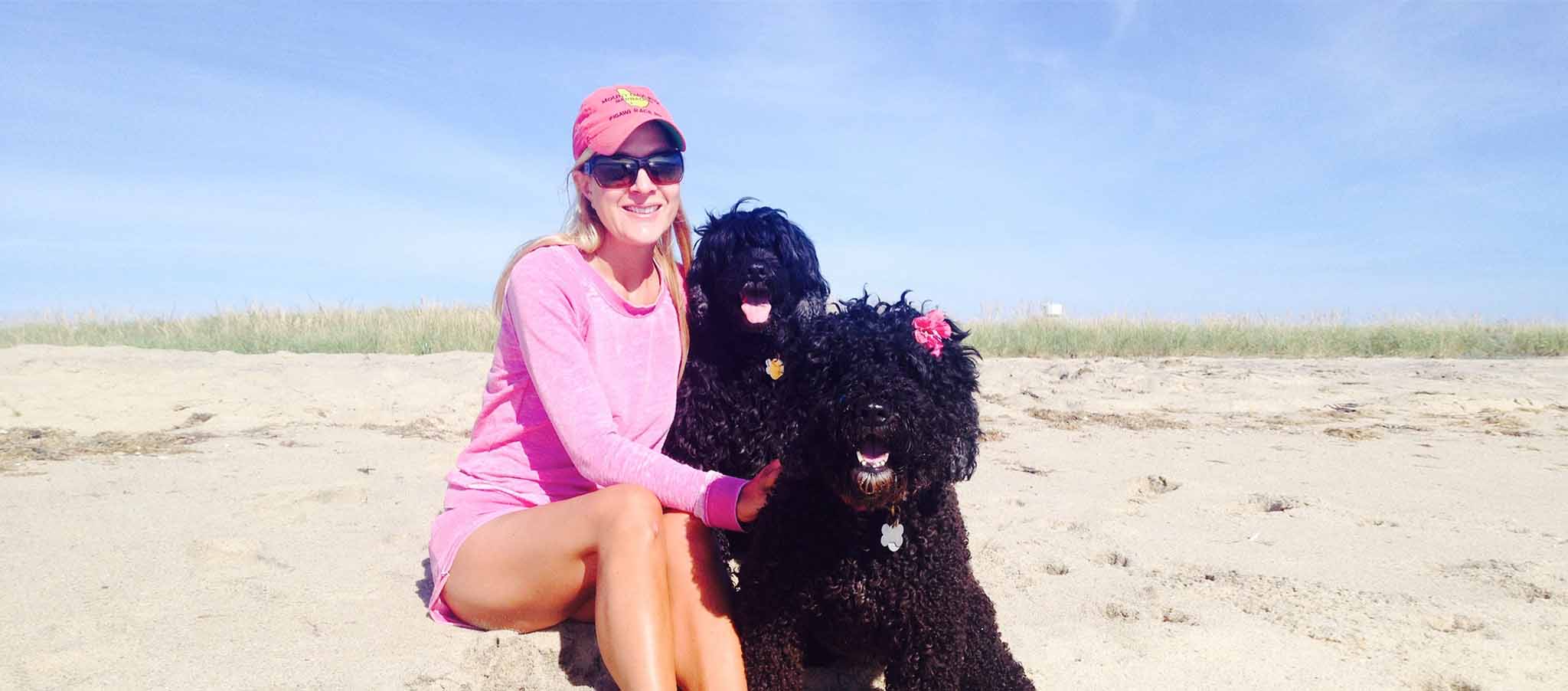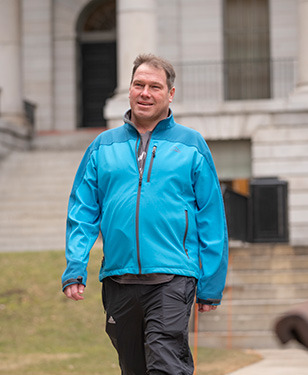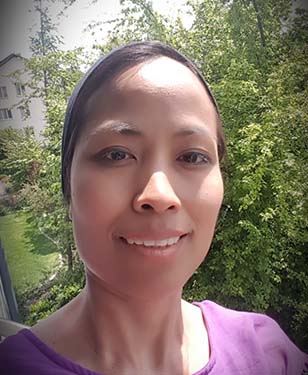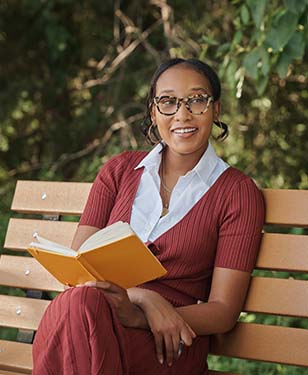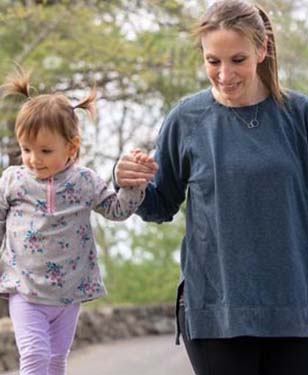Marci lived decades before discovering she had spinal muscular atrophy (SMA), a rare neuromuscular disease – her doctor diagnosed her at age 51. Before that, she had simply assumed that the physical challenges she faced were a normal part of life due to clumsiness, age or a prior injury.
"I'd seen signs of weakness, but I ignored them or blamed them on something else," she says. "A friend of mine noticed that I had difficulty getting out of chairs and walking up steps was very labored for me. I thought it was due to when I broke my leg in my 30s."
Because of her friend's concern, Marci visited an orthopedic surgeon who referred her to a neurologist, which led to her SMA diagnosis.
